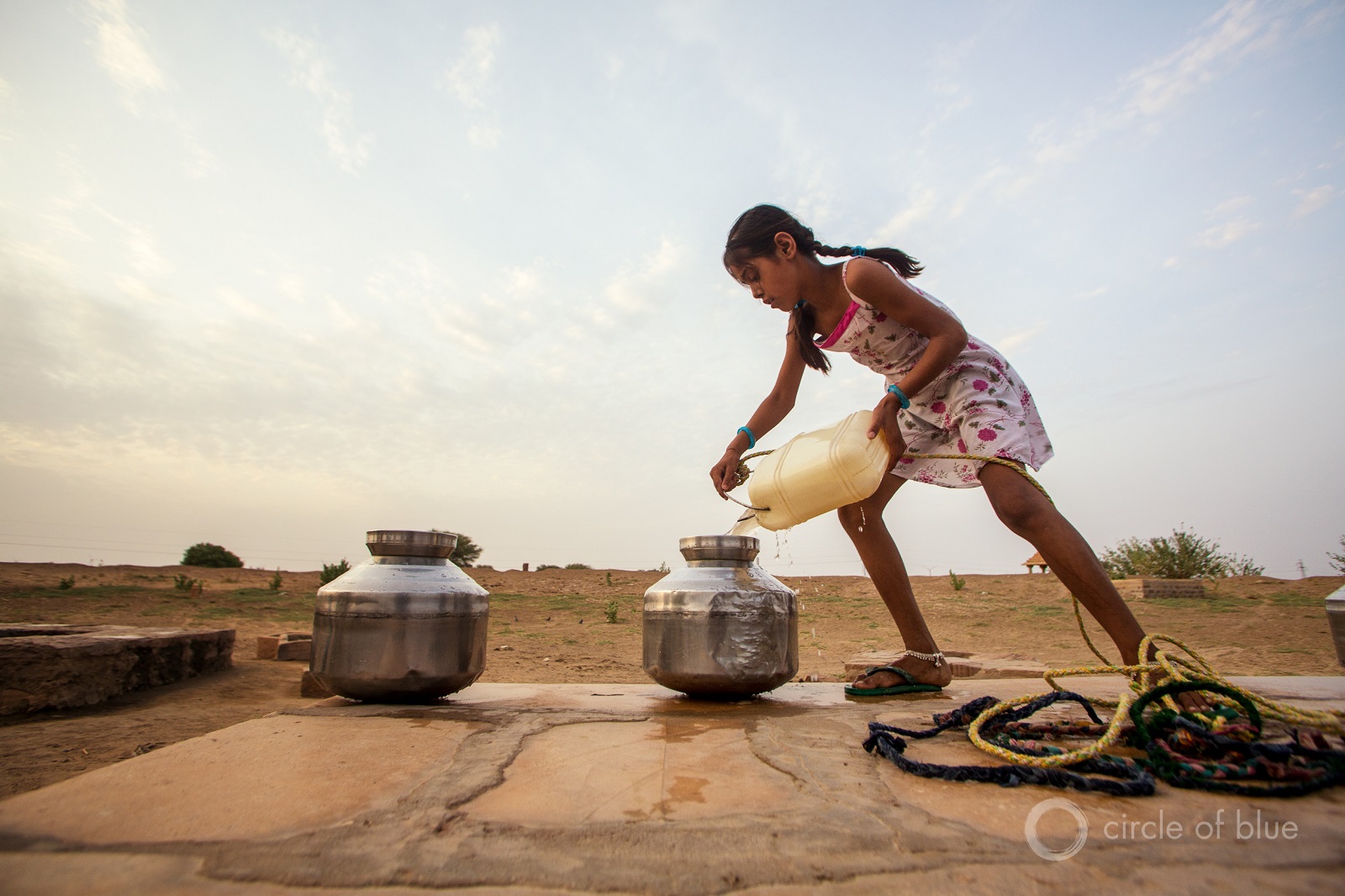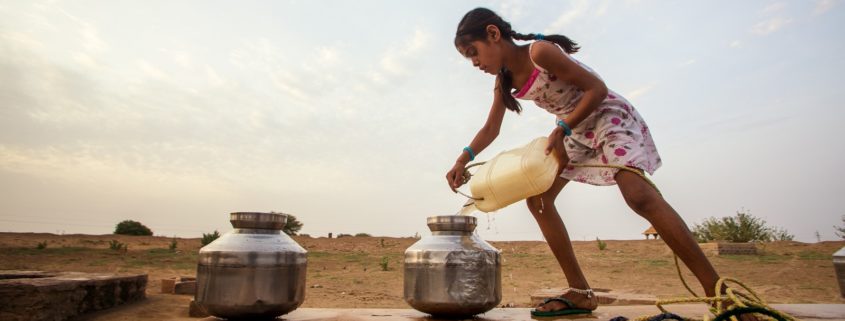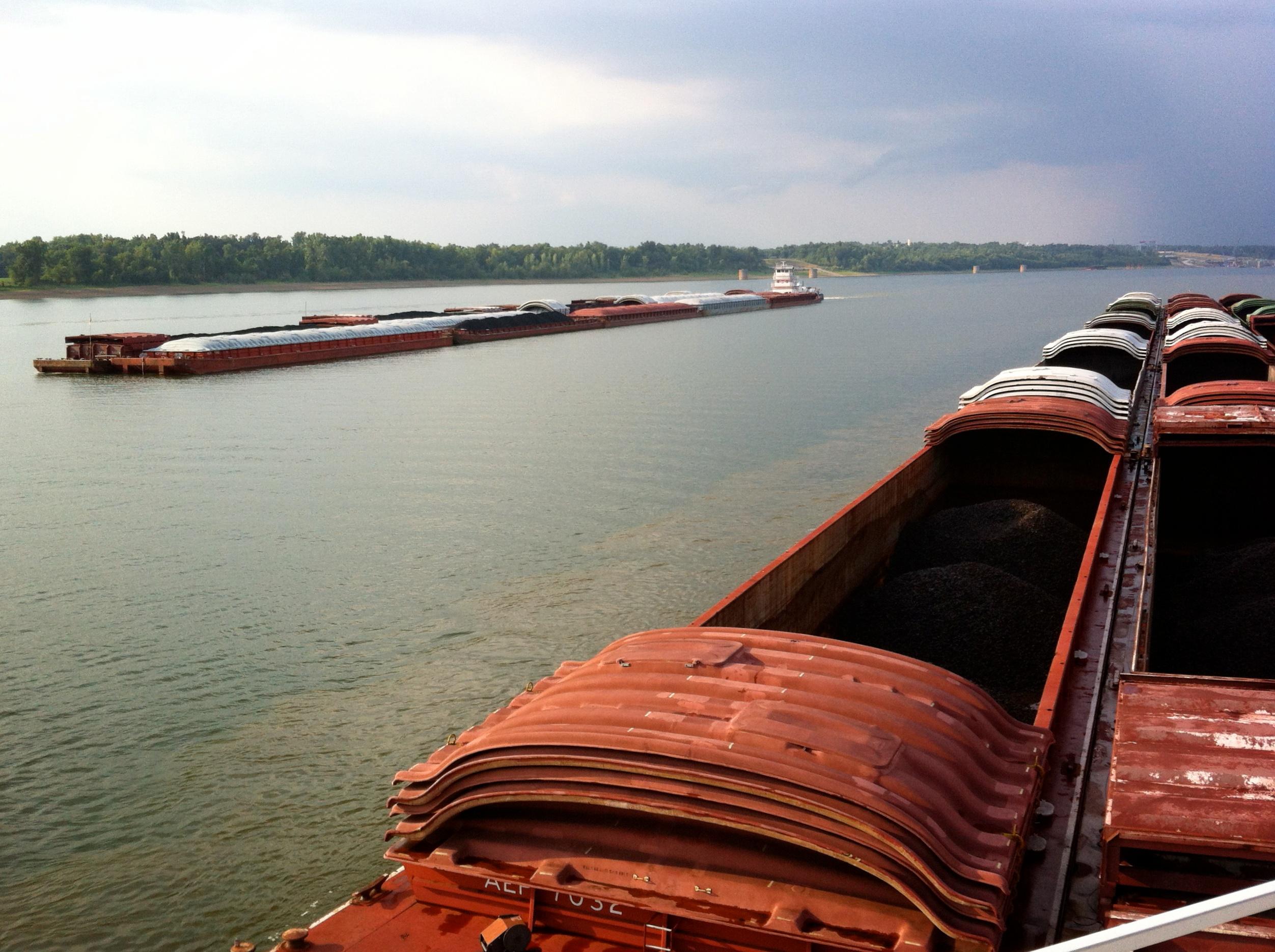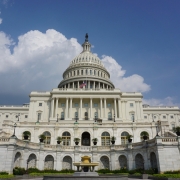U.S. Government Releases First Global Water Strategy
Report identifies water priorities in foreign policy.

A girl fills jars with water in Rajasthan, India. Photo © J. Carl Ganter / Circle of Blue
By Brett Walton, Circle of Blue
To coordinate its response to floods, droughts, disease, and other water challenges whose political and economic consequences leap borders the Trump administration submitted the federal government’s first global water strategy.
Ordered by Congress in 2014, the strategy lays out four goals: increase access to safe drinking water and sanitation, improve water management, protect watersheds from pollution, and prevent conflict over rivers, lakes, and aquifers that cross political boundaries.
“Safe water and sanitation are fundamental to solving challenges to human health, economic development, and peace and security,” the 70-page report states.
Rep. Ted Poe (R-TX) co-sponsored the bill that led to the strategy. “The Global Water Strategy represents an important U.S. commitment to solving some of the most severe water crises in the world,” he told Circle of Blue. “Access to water, sanitation, and hygiene not only prevents disease but also improves the safety and security of women and children across the world. It is encouraging to see the U.S. government recognizing water as the global security crises that it is.”
For years the U.S. government has funded water wells and irrigation systems abroad and provided technical support to farmers, water managers, and political leaders from the Mekong to the Nile. The actions were piecemeal, though. The strategy released on November 15 is an attempt to align federal agency responses to increasing social and economic pressures from water scarcity, floods, and pollution.
A string of warnings in the last five years from the State Department, Defense Department, and the nation’s spy agencies sounded alarms that water is an issue of immediate and long-term relevance to U.S. national security.
A 2012 report from the National Intelligence Council stated that water shortages can contribute to instability, conflict, and disease. Water delivery systems, the report warned, are appealing targets of war. Civil wars in Syria and Yemen and the siege of dams and canals in Iraq during the fight against Islamic State have proved those appraisals to be accurate. A study published in September by three U.S.-based researchers notes that the targeting of water infrastructure is “an increasingly prevalent form of war-making” in the Middle East and North Africa. Environmental degradation, meanwhile, is a recruiting tool for radical groups, while the wars have spurred mass migration across continents.
All of which is an argument for the foresight and planning that a unified strategy can provide, says John Oldfield. Oldfield ran Water 2017, a one-year initiative to educate the new administration about the national security benefits of prioritizing water in the country’s foreign policy, and he provided comments to the State Department as it developed the strategy.
Oldfield was impressed by the breadth and depth of the document and that it opens avenues for agencies to anticipate problems rather than put out fires after they start.
“The government should do more to identify and prevent WASH-related infectious diseases,” Oldfield, using the acronym for water, sanitation, and hygiene, told Circle of Blue. “Where’s the next Zika? Where’s the next cholera outbreak? We should get ahead instead of playing catch up.”
Getting ahead requires more than drilling water wells, Oldfield said. But it does not require a nine-figure budget. It requires agencies to be proactive, to use diplomatic nudges to bring rivals together. It requires wise use of data and analytical tools to identify hot spots for droughts, floods, and conflict.
Despite the national security community’s deep interest in climate change and water issues, Oldfield thought its contribution to the strategy was lacking. “I would like to have seen more from the Defense Department in this document rather than just the Army Corps of Engineers,” he said.
There will be opportunities to expand the strategy’s scope. It will be refined and evaluated during monthly meetings of the Interagency Water Working Group, a collection of 17 agencies and departments that are involved in global water issues.
Many of those agencies outlined their contributions to water security in the report. NASA, for instance, is using satellite data to track environmental change: monitoring algal blooms in Guatemala and glacial melt in the Himalayas. The Overseas Private Investment Corporation, a government agency founded in 1971 to promote U.S. business interests abroad, will provide loans and insurance for water projects.
The strategy identifies 13 high-priority countries and regions, most of which are in sub-Saharan Africa, that will be first in line for U.S. funding. Afghanistan and Haiti are also on the list, as are Indonesia, Jordan, Lebanon, and the Palestinian territories. These areas were selected based on need, willingness to work with U.S. partners, and the likelihood that aid will improve health and well-being.
Maintaining funding and diplomatic staff to implement the strategy will be challenges in a political climate that favors budget cuts and has prompted an exodus of diplomatic staff from the State Department, Oldfield said.
In 2015, the latest figures available, the U.S. Agency for International Development, which helped write the strategy, spent $500 million on water-related activities. Funding was directed to two areas. The lion’s share, more than 90 percent went toward clean drinking water, sanitation, and hygiene. The rest was used to improve water productivity on farms and keep natural hazards such as droughts and floods from becoming disasters. Half of the money went to countries in Africa.
Brett writes about agriculture, energy, infrastructure, and the politics and economics of water in the United States. He also writes the Federal Water Tap, Circle of Blue’s weekly digest of U.S. government water news. He is the winner of two Society of Environmental Journalists reporting awards, one of the top honors in American environmental journalism: first place for explanatory reporting for a series on septic system pollution in the United States(2016) and third place for beat reporting in a small market (2014). He received the Sierra Club’s Distinguished Service Award in 2018. Brett lives in Seattle, where he hikes the mountains and bakes pies. Contact Brett Walton








